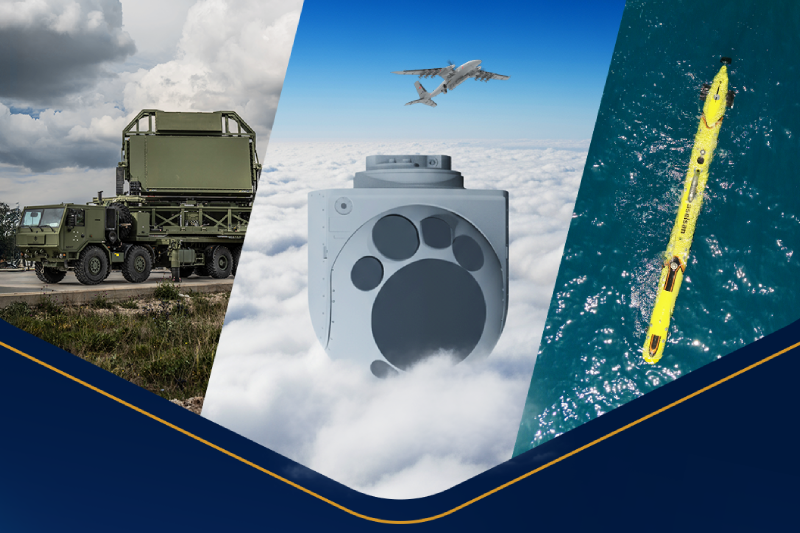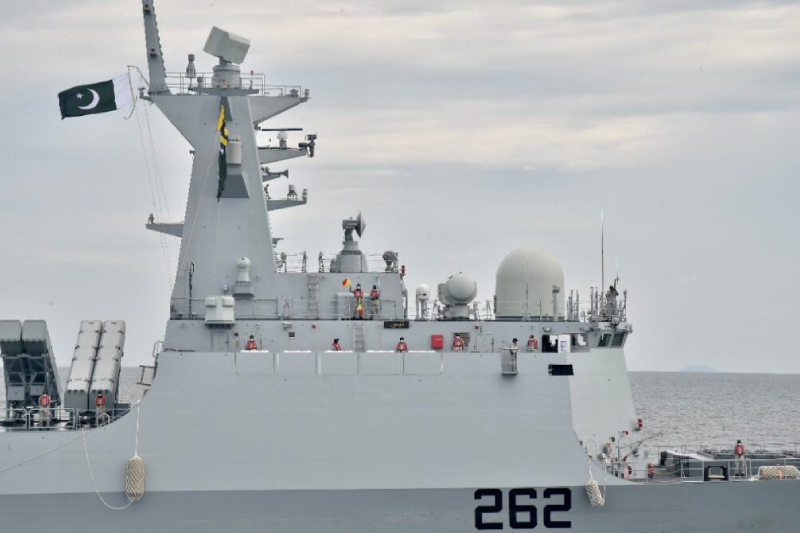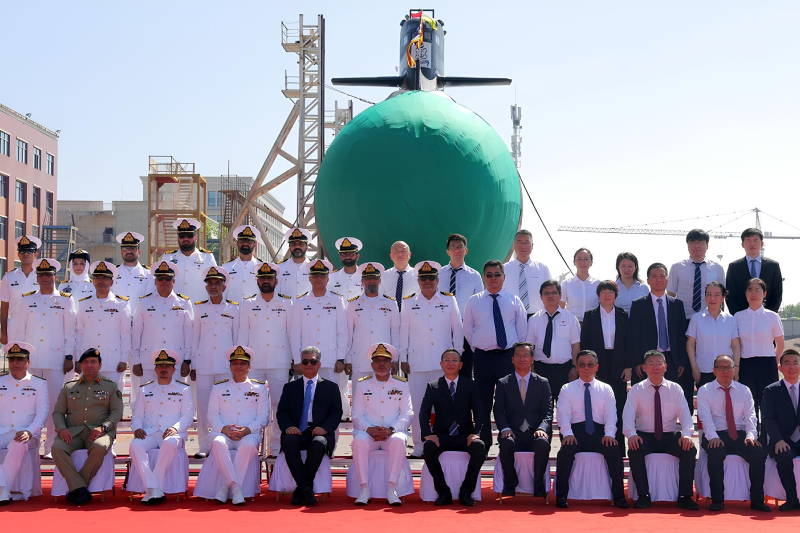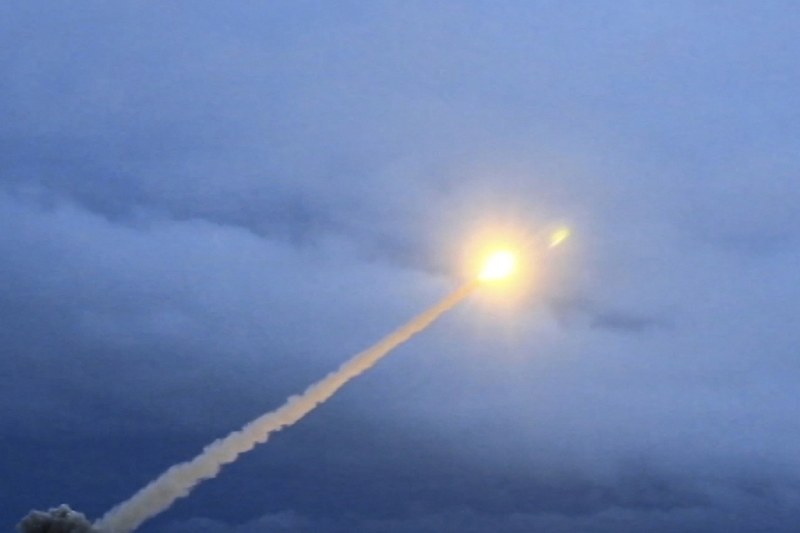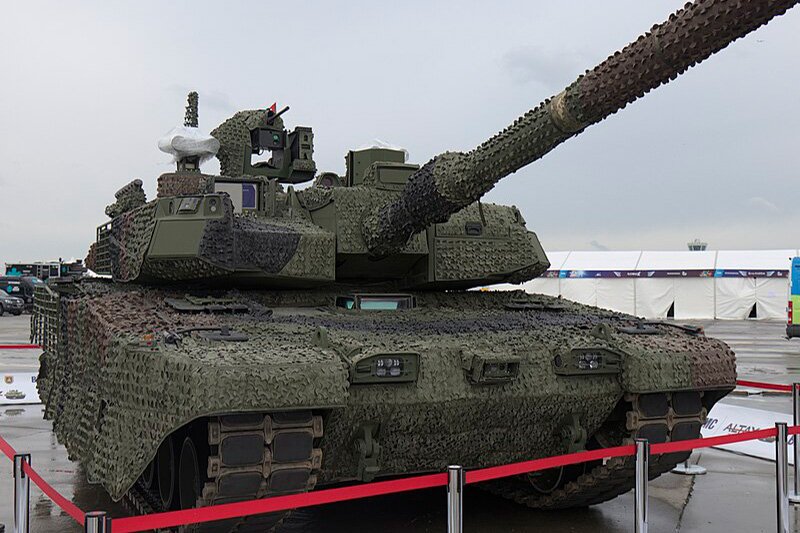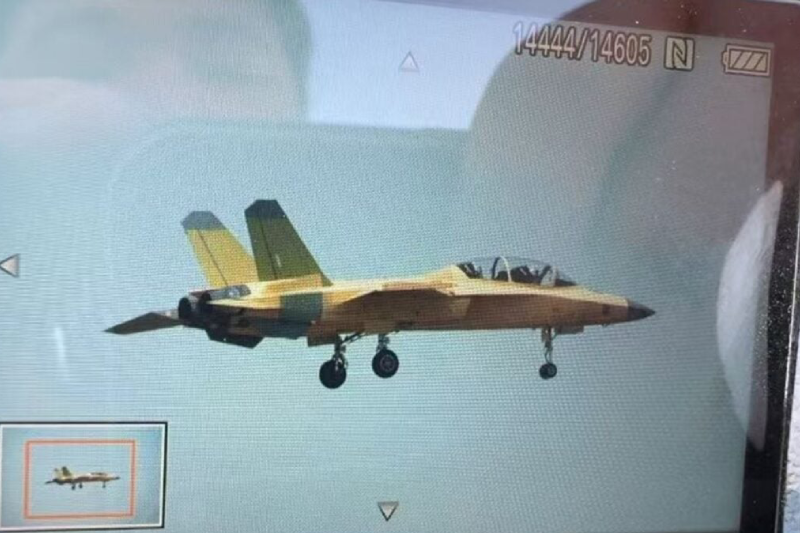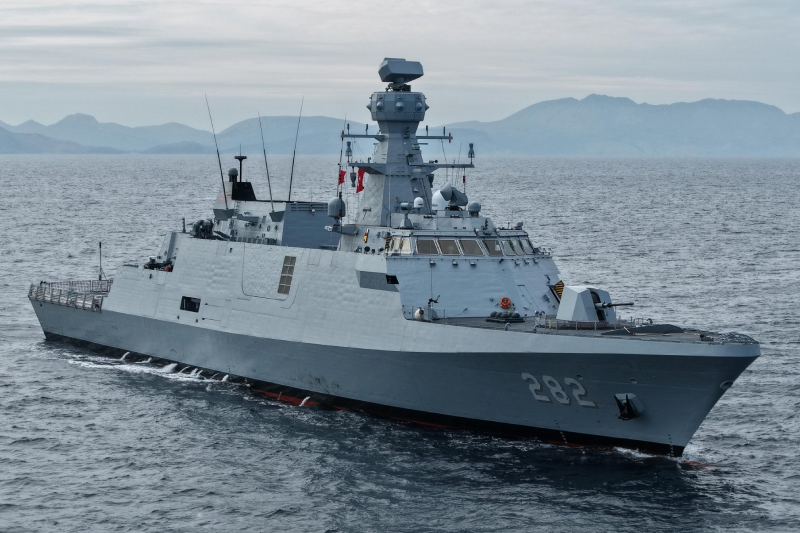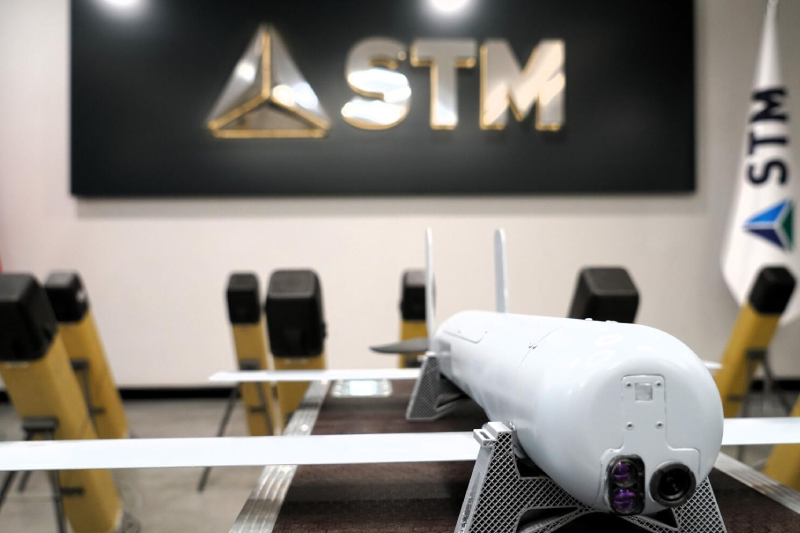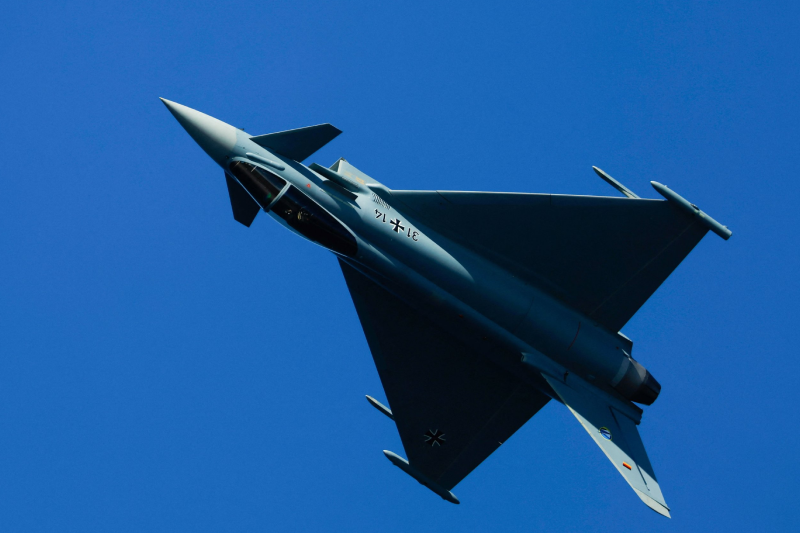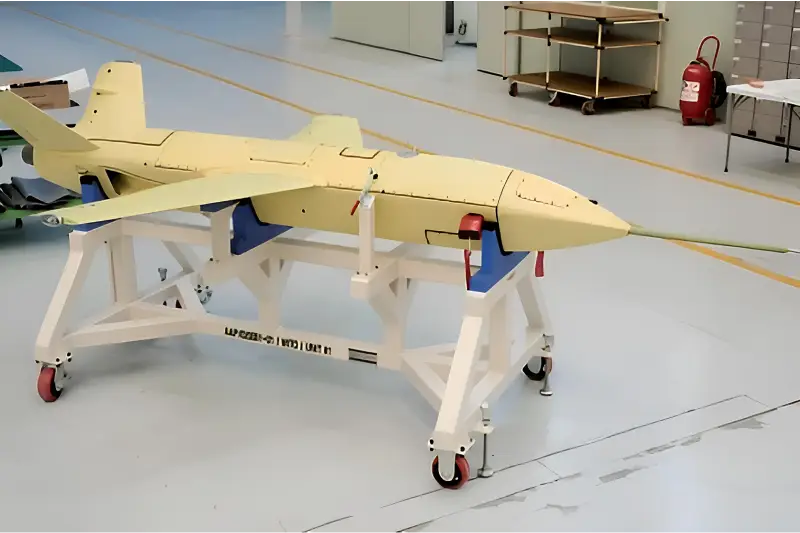South Korea Builds Carrier-Based Combat Drone
The Korea Aerospace Industries (KAI) of South Korea has rolled out a massive initiative of designing a carrier-based unmanned combat aerial vehicle (UCAV), which represents an immense breakthrough in the aviation naval business of South Korea. The ambitious project marks a South Korean transition into a small club of countries that can present jet-powered combat drones on aircraft carriers.
Naval Aviation Revolutionary Development
It is the navalized adaptation of the jet-powered drone concept currently in development by the Air Force, indicating that KAI has been eager to apply the existing technology to the naval platform. Created to be able to operate on conventional aircraft carriers, the system also has stealth features, modular sensors, and includes advanced weapon systems that make it one of the most sophisticated in the world.
The significance of the development has been shown by the unveiling of the program at the South Korean National Assembly on July 8 as part of a ceremony called the 8th Korea Strait Victory Seminar. Kang Byung-gil, the leader of the Future Systems Research Division of KAI, commented that their current design of unmanned fighters has a good chance of becoming mobile and able to work under harsh carrier conditions.
Advanced Technology Specifications
KAI defines the new platform as a six-ton class unmanned attack aircraft with sophisticated functions such as low observability features, beefed-up landing gear, and a special tail hook for arrested landings. Such adaptations are critical to the rough conditions of carrier operations, where aircraft are subjected to great stress in catapult launches and arrested recovery.
The UCAV is designed to deploy on traditional carriers installed with electromagnetic launchers, which is a massive technological success on the part of aerospace engineers in South Korea. The maximum take-off weight is less than six tons and has a significant size payload of 800 kilograms and an operational combat radius of about 300 nautical miles.
Mission Capabilities, Holistic
The drone will also feature an impressive load of payload in its mission load as the aircraft will include Active Electronically Scanned Array (AESA) radar systems, infrared search and track (IRST) system, and electro-optical targeting systems. The extensive sensor suite would allow the UCAV to work on lots of mission domains and operational settings.
KAI has highlighted the versatility of the aircraft in terms of facilitating air-to-air combat, ground attack missions, as well as intelligence, surveillance, and reconnaissance (ISR) operations. The modularity of the nose section of the company is innovative and enables durable swapping of the various sensor packages to fit the specific missions, and hence offers operational versatility, which is vital to navigation operations.
Special Weapons Integration
It specifically uses the MBDA Meteor long-range air-to-air missile, and is specifically designed to carry the same. The drone has superior beyond-visual-range capabilities. This armament amounts to a noteworthy technological improvement in unmanned aerospace warfare and places the UCAV in the role of a hair-raising air and air platform that can interact with highly advanced threats.
One of the most unexpected aspects of the UCAV is its possible role as a so-called mothership to launch and command a series of smaller air-launched drones. This radical idea enables a single aircraft to perform sophisticated swarm tactics and synchronize numerous activities to conduct operations on a scale, thereby increasing the possibilities of ability to fit carrier-based operations and the complexity of capabilities gravely.
Also Read This: South Korea Unveils Supercavitating Torpedo to Target China’s Type 055
International Business Strategy
When mature, KAI would make South Korea the third country, after the United States and Turkey, to operate a jet-powered military unmanned aircraft with carrier capability. Such a success would make South Korea a significant actor in the state-of-the-art naval aviation technology domination and would prove the increasing aerospace abilities of the country.
The project is part of increased competition in the international UAV export industry, where more countries are cultivating interest in a superior level of unmanned capability. The availability of another jet-powered combat drone, Turkey’s Bayraktar Kizilelma, has placed competitive pressures on the South Korean developers as it has attracted a lot of international attention.
Competitive Advantages
The UCAV is predicted to have an improved payload and air combat capabilities compared to current systems, including systems not found in the U.S. Navy in the MQ-25 Stingray aerial refueling drone, AESA radar. Such modern features transform the South Korean system into a package combat platform as opposed to a dedicated support aircraft.
The multi-mission capability of the UCAV is better than that of current carrier-based drones due to the large payload capacity and improved radar capabilities. This technological dividend may be of significant importance in the foreign markets due to their demand for a complex fighting capacity on one platform.
Infrastructure Requirements
Even though promising, experts warn that the size and weight of the drone may necessitate massive investments in carrier launching and recovery systems. The six-ton aircraft poses a major engineering challenge to carrier operations, and engineers need strong launch and recovery infrastructure to guarantee safe and reliable operations.
South Korea is building an eight-ton electromagnetic launch specifically to accommodate the drone, and it plans to build a 20-ton launch later to handle heavier aircraft. This costly infrastructure development is a marked investment in its naval aviation capabilities, which is an indication of South Korea’s commitment to advanced carrier operations.
Development Strategy
KAI is preparing to license-build an equivalent of its current Air Force UCAV, optimized to the constraints of naval carriers, proving the airframe against the stresses of carrier landings, and developing a launch platform suitable to operate on board ships. This methodology builds on the existing development, and at the same time, considers the peculiarities of the work of aircraft in the naval environment.
The contingency plan minimizes risk and keeps the development on schedule, making sure that engineers effectively implement tested technologies within the naval platform. This systematic process shows KAI’s determination to provide a competent and dependable carrier-based combat drone.
Problems in Technology Integration
The change towards carrier and the shift in land-based operations pose many challenges to the technical front, and KAI will have to deal with those issues during development. Carrier operations coatings necessitate structural reinforcement of the airframe, which frequently necessitates painstaking engineering to minimise performance degradation, yet ensure that the airframe structure is structurally sound during high-strength launch and recovery workouts.
Engineers demonstrate considerable effort by focusing on carrier-specific features such as tail hooks, heavier landing gear, and modified avionics. These changes should come in without affecting the stealth capabilities of the aircraft and its operational performance.
Future Operational Impact
A triumphant flow of this carrier-based UCAV would greatly expand the ability of naval aviation in South Korea and also offer fresh tactical responses in the maritime environment. The 3D sensors, weapon systems, and ability to deploy drones on the platform may transform the way commanders conduct carrier air operations.
The concept of a mothership enables swarm tactics, which is a striking achievement and ensures that even individual aircraft can carry out complex multi-drone missions. Such an ability would be critical in upcoming battles at sea, and this marks a significant advance in unmanned aerial warfare.
South Korea is increasingly focusing on military modernization and naval power, and it is creating carrier-based combat drones to support this goal. The program shows how the country is serious in ensuring its technological excellence and building native defenses that depend less on foreign equipment.
An effective progress of this program would make South Korea an active force in the international defense technological market. It would also offer advanced national defense capabilities. A carrier-based UCAV is a milestone in the modernization of the military system of South Korea and the technological level.
Discover more from International Defence Analysis
Subscribe to get the latest posts sent to your email.


